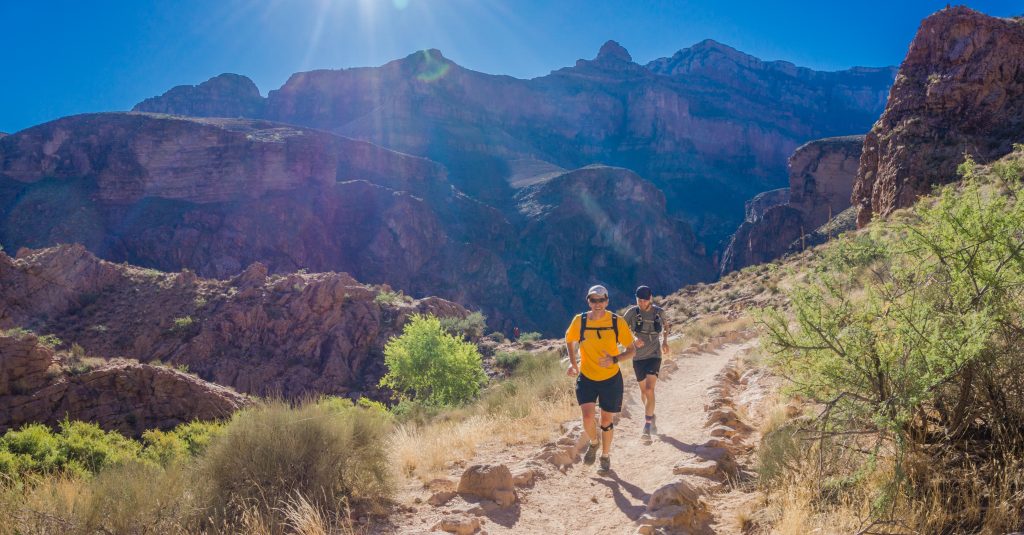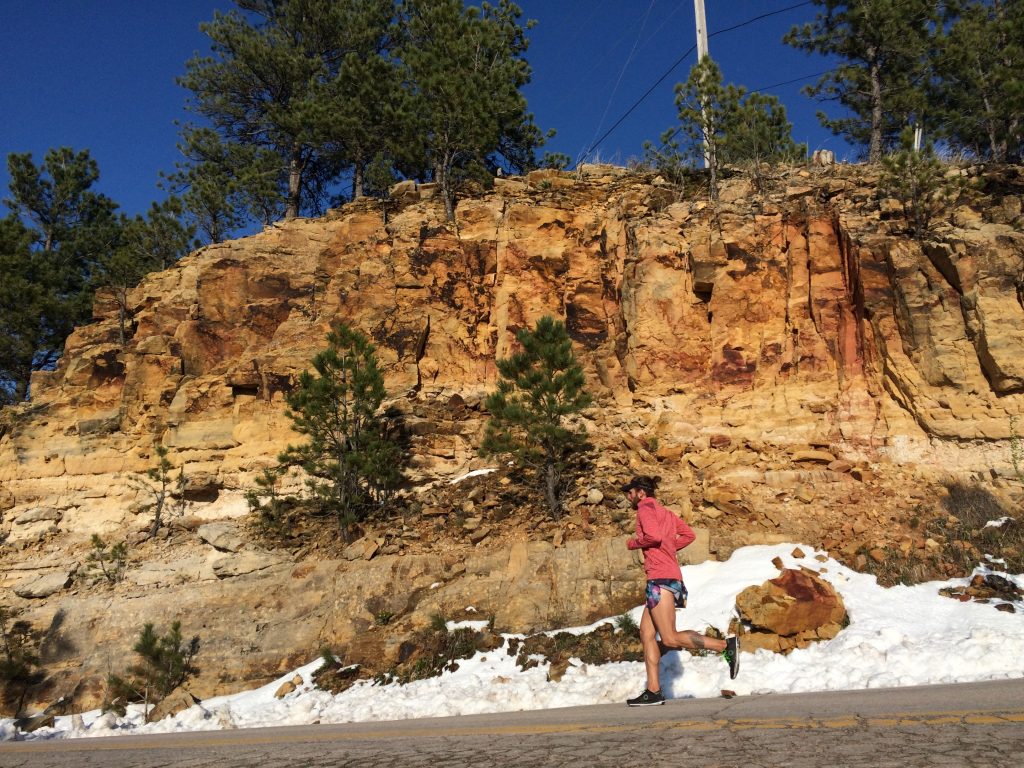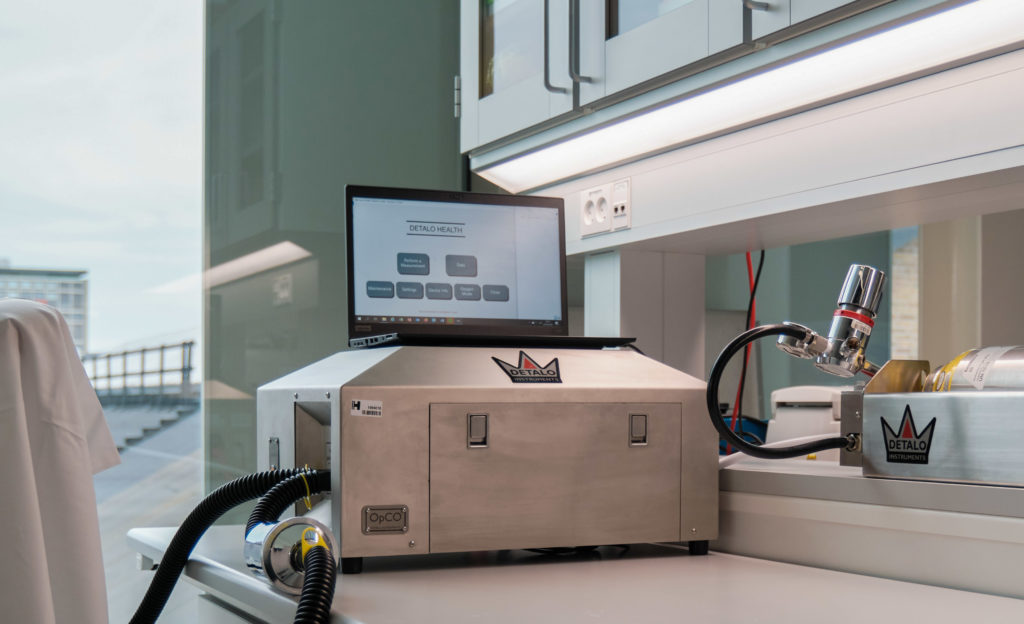Altitude Acclimatization and Training
The greatest challenge that humans face when exposed to high altitude is the reduction in the partial pressure of O2, which ultimately also leads to a reduction in blood oxygen content (called hypoxia). To compensate for this lack the human organism induces several defense mechanisms. While these are all important, it seems safe to state that those occurring within the blood are key to successful acclimatization and will be shortly outlined here.
First response to Altitude Training
The most important acute response from altitude training is a reduction in plasma volume (and hence total blood volume also becomes reduced). The decrease in plasma volume is typically around 15% and will cause the hematocrit and [Hb] to increase and this largely normalizes the arterial oxygen content of blood within the first days of exposure. Plasma volume remains reduced throughout the altitude exposure period.
Benefits of the Hypoxic Exposure from Altitude
Altitude training is aimed at improving performance by the way of adaptation to reduced oxygen. With the acute hypoxic altitude exposure, the Hypoxic Inducible Factor-2a (HIF-2a) becomes stabilized (this discovery lead to the Nobel Prize in Physiology or Medicine in 2019) which initiates the release of erythropoietin (epo) from the kidney which subsequently binds to its receptor on bone leading to an enhanced synthesis of red blood cells. While the HIF-2a pathway is instantaneously activated with hypoxia, the production of red blood cells is a lengthy process and will take weeks to manifest.




5% Increase in Red Blood Cell Volume
Research have shown that 4 weeks of exposure to 3450 m altitude (approximately 11.000 feet) leads to an about 5% increase in red blood cell volume which contributes to further normalize arterial O2 content. Since the reduction in plasma volume at this time point is greater, the overall result is however a reduction in total blood volume. Without measurements of plasma volume or red blood cell volume, it is impossible to state how altitude exposure leads to an enhanced hematocrit and/ or [Hb].
Strategies of Altitude Training
Since the 1968 Olympic Games held in Mexico City athletes have experimented with altitude exposure as a means to boost their athletic performance. The overall idea being if red blood cell volume becomes increased through altitude acclimatization so will exercise performance. Today there are numerous altitude training strategies such as live high – train high, where athletes live high (at altitude) and train high (at altitude) or live high – train low, where athletes reside at altitude but conduct their training at or close to sea level. With the right combination of time spent at altitude and the severity of altitude exposure, athletic performance may become increased.
The Detalo Performance™ is being used in scientific studies as well as by Olympic institutions evaluating the effects of altitude training on national team athletes.
For further scientific reading on the topic:
Siebenmann C, Robach P, Lundby C.
“Regulation of blood volume in lowlanders exposed to high altitude.”
J Appl Physiol. 2017, link
Lundby C, Robach P
“Does ‘altitude training’ increase exercise performance in elite athletes?”
Exp Physiol. 2016, link
Blood Volume Measurement in 15 Minutes
Detalo blood volume analyzers determine total blood volume, red blood cell volume, and plasma volume in humans in a rapid, safe, and precise manner.
The Detalo Clinical™ is a CE-certified (MDR) medical device for routine blood volume assessment in standard clinical care. The device allows healthcare professionals to distinguish between true anemia and dilutional anemia and to determine if a patient is euvolemic, hypovolemic, or hypervolemic. Finally, it allows clinicians to evaluate and track the effectiveness of a treatment intended to change blood volume.

